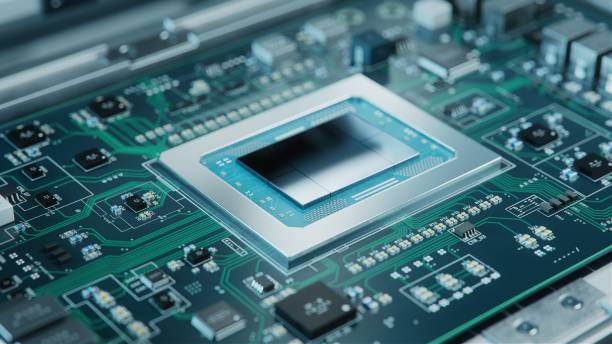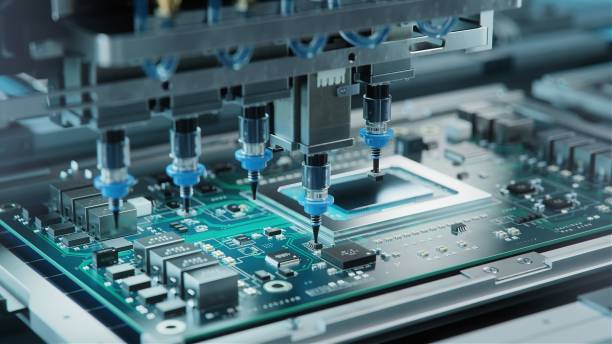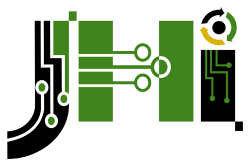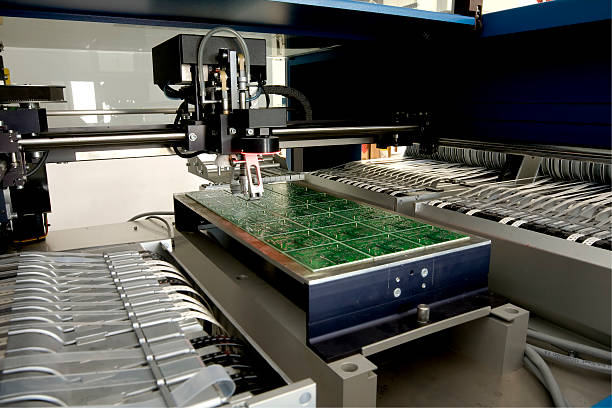 Struggling to understand what is the difference between SMT and SMD? As professional e-waste recyclers, we understand why people might find these terms confusing. That’s why we’re here to clear the air!
Struggling to understand what is the difference between SMT and SMD? As professional e-waste recyclers, we understand why people might find these terms confusing. That’s why we’re here to clear the air!
SMT stands for surface mount technology, which is the umbrella term for the technology used to mount and solder electronic components. And on the other hand, SMD stands for surface mount devices, which refers to the actual electronic components being mounted.
Still confused? Don’t worry – our experts are breaking down the differences between SMT and SMD in today’s blog post:
What Is SMT?
As we mentioned, SMT stands for surface mount technology. Essentially, surface mount technology covers anything that is used to solder and mount electronic components onto a printed circuit board (PCB). The SMT process involves:
Printing
The first step is simply applying a coat of solder paste onto the pads of the PCB. When doing so, it’s critical that the pads are coated with a uniform and controlled amount of paste.
Mounting
The next step in the SMT process is mounting. Otherwise known as a pick and place, this involves placing the surface mount components (SMD) in their respective locations on the pads. Oftentimes, a pick-and-place machine is used to ensure accuracy.
Reflow Soldering
 Next, the boards are passed through a reflow oven, which subjects them to infrared radiation. Essentially, this melts the solder paste and forms solder joints. Afterward, the boards pass through an automatic optic inspection (AOI) machine. This runs several quality checks — including component alignment and checking for solder bridges — then the boards proceed to further testing.
Next, the boards are passed through a reflow oven, which subjects them to infrared radiation. Essentially, this melts the solder paste and forms solder joints. Afterward, the boards pass through an automatic optic inspection (AOI) machine. This runs several quality checks — including component alignment and checking for solder bridges — then the boards proceed to further testing.
What Is SMD?
SMD stands for surface mount devices, which is simply another name for the electronic components that are mounted on a PCB. Generally, SMD includes items like resistors, capacitors, transistors, and integrated circuits.
The various types of SMD include:
- Passive components like resistance, capacitance, inductance, and composite devices.
- Discrete components like integrated circuits and active devices.
- Electromechanical devices like switches/relays, connectors, and micro-motors.
What Is the Difference Between SMT and SMD?
What is the difference between SMT and SMD? While the terms are often thought to be interchangeable, SMT is the technology used to mount SMD (aka the electronic components) onto a PCB. In the early stages, SMD was soldered manually by hand. However, that’s no longer the case.
As SMT continued to advance, it brought with it a new generation of electronic assembly technology. That technology successfully reduced the PCB area; decreased required waste; automated installation; reduced parasitic capacitance and inductance; and significantly improved product quality and reliability.
Best E-Waste Recycler in Phoenix, AZ
 So, what is the difference between SMT and SMD? If you didn’t already know, we hope that today’s blog post offered some clarity. And as the leading e-scrap and e-waste recycler in Phoenix, JHI has the solution to all your electronic waste needs.
So, what is the difference between SMT and SMD? If you didn’t already know, we hope that today’s blog post offered some clarity. And as the leading e-scrap and e-waste recycler in Phoenix, JHI has the solution to all your electronic waste needs.
JHI is passionate about reducing e-waste in our communities and keeping toxic substances out of landfills. If you have SMT or SMD components taking up valuable space in your facility, take advantage of our free evaluation and pick-up services by contacting our team today.


